When we picture a sleeping bird, we might imagine a feathered friend with its head tucked under a wing, completely disconnected from the world around it. However, nature has equipped many bird species with a remarkable adaptation that challenges our understanding of sleep. Some birds have developed the extraordinary ability to sleep with one eye open, remaining partially alert even during rest. This phenomenon, known as unihemispheric slow-wave sleep (USWS), represents one of the most fascinating adaptations in the animal kingdom. It allows birds to balance their need for restorative sleep with the constant vigilance required in environments filled with predators and changing conditions.
The Science of Unihemispheric Sleep
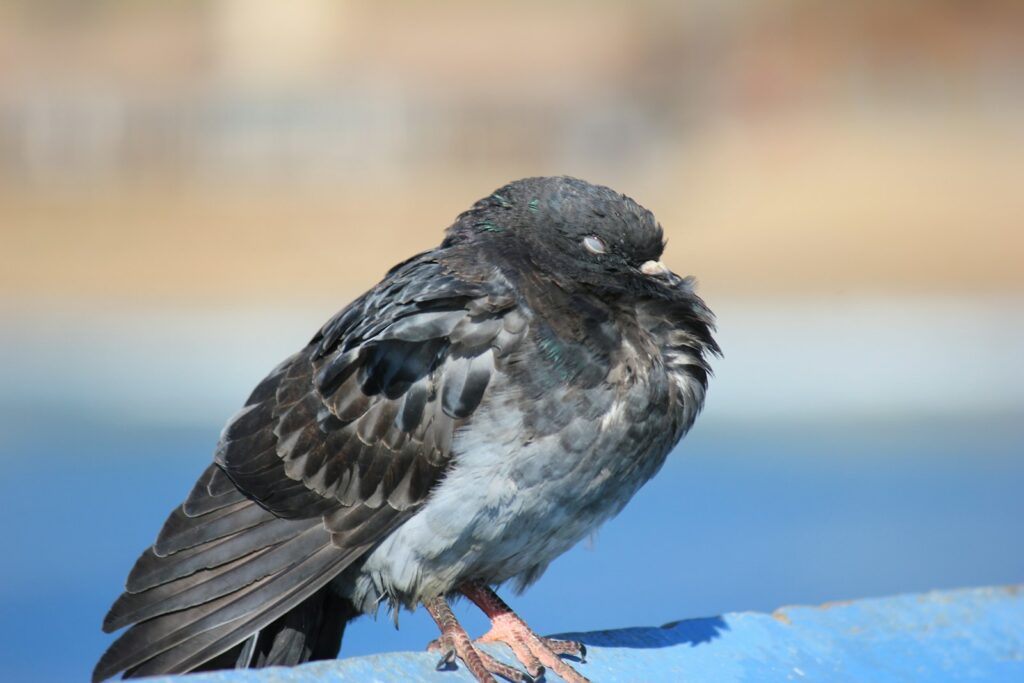
Unihemispheric slow-wave sleep represents a biological marvel where birds can rest one half of their brain while keeping the other half alert and functioning. During this state, the eye connected to the awake hemisphere remains open and vigilant, while the eye connected to the sleeping hemisphere closes. Electroencephalogram (EEG) studies have confirmed that the electrical activity in each hemisphere differs dramatically during this state, one showing sleep patterns while the other displays wake-like activity. This remarkable adaptation allows birds to achieve about 50% of the benefits of sleep while maintaining awareness of their surroundings. Unlike mammals, whose brain hemispheres generally synchronize during sleep, birds can operate these hemispheres independently, creating this unique divided consciousness.
Evolutionary Advantages of One-Eyed Sleep
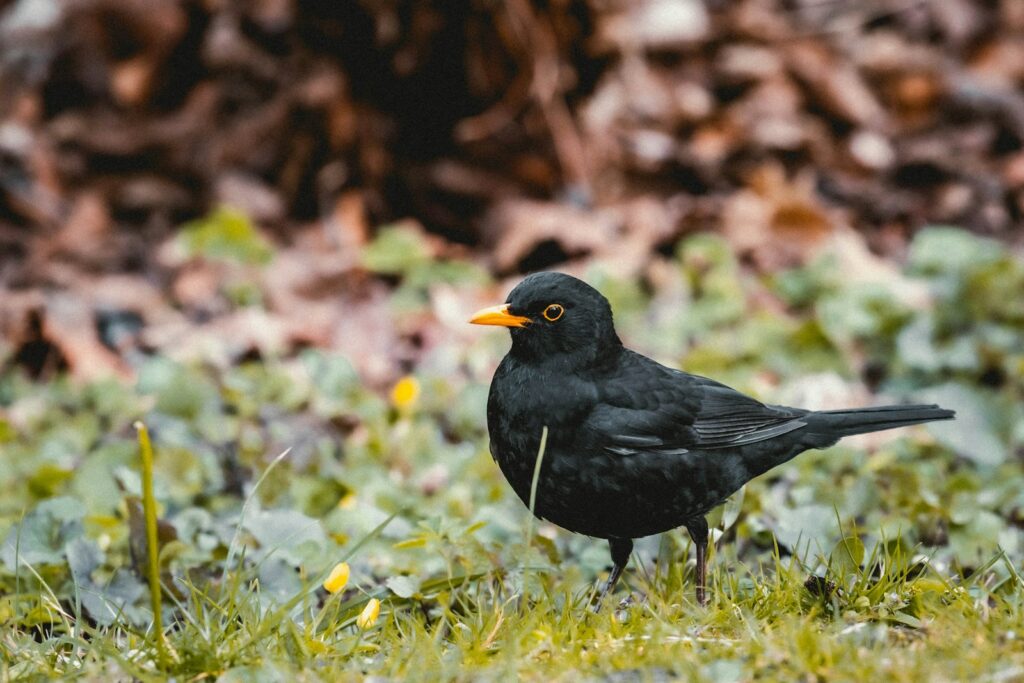
The evolution of unihemispheric sleep represents a brilliant solution to the vulnerability paradox that sleep creates for prey animals. For birds, complete unconsciousness would create dangerous periods where they would be entirely defenseless against predators. By keeping one hemisphere alert, birds can detect approaching threats and respond immediately if necessary. This adaptation likely developed over millions of years in response to predation pressure, particularly for species that rest in exposed areas. The evolutionary trade-off is quite elegant – sacrifice complete brain rest in exchange for significantly increased survival chances. For many bird species, this adaptation has proven so successful that it has become hardwired into their neurological functioning.
Migratory Birds and Sleep Flight
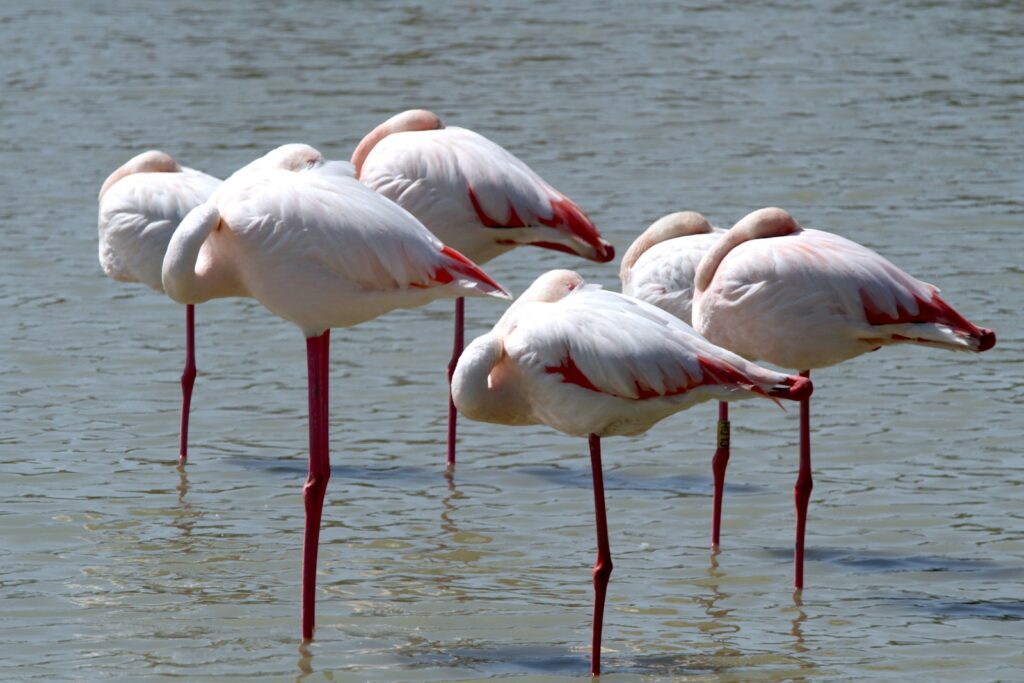
Perhaps the most astounding application of unihemispheric sleep occurs in migratory birds that can sleep while flying. Species like the frigatebird can stay aloft for months at a time, sleeping in short bursts by shutting down alternating hemispheres of their brain. Research tracking frigatebirds found they could sleep for about 42 minutes per day while continuing to navigate accurately across vast stretches of ocean. This incredible ability allows them to maintain non-stop flight during migrations spanning thousands of miles without the need to land. Scientists believe these birds have optimized their sleep patterns to achieve maximum efficiency, getting just enough rest to maintain brain function while remaining airborne throughout their journey.
Ducks in a Row: Group Sleeping Strategies
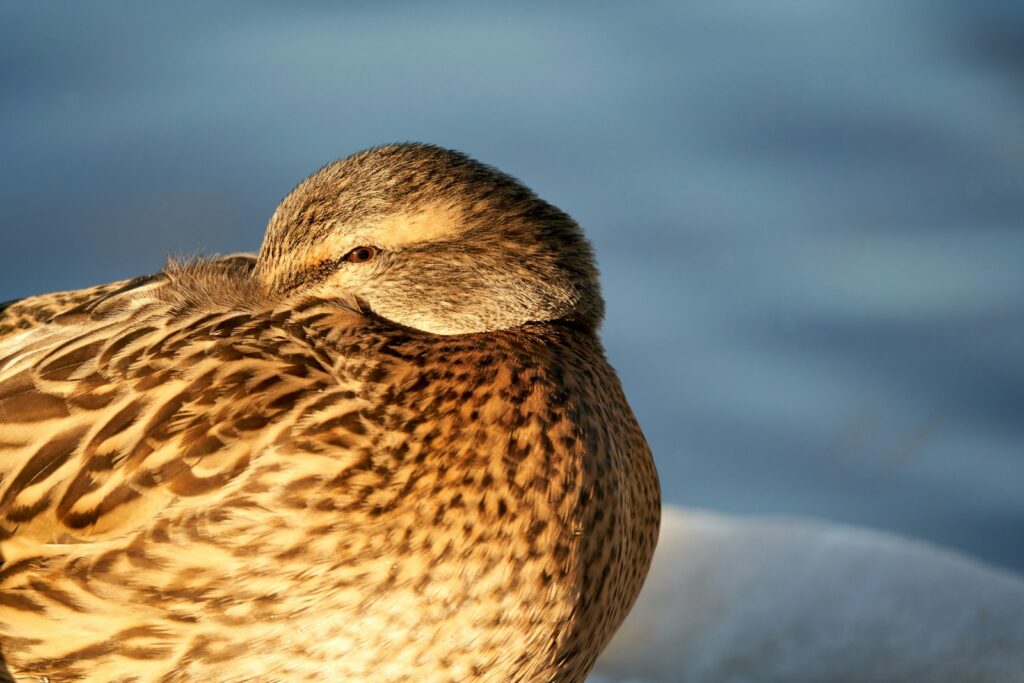
Ducks and other waterfowl demonstrate a fascinating application of unihemispheric sleep when resting in groups. When ducks sleep in a row, those positioned at the ends of the line tend to keep the outward-facing eye open, while those in the middle often sleep more deeply with both eyes closed. This creates a collective security system where the most vulnerable individuals maintain higher vigilance. Researchers have observed that ducks on the ends of rows show more unihemispheric sleep patterns than those protected in the middle of the group. This behavior represents a sophisticated social adaptation that distributes the vigilance burden across the group, allowing all members to achieve some level of rest while maintaining collective security.
Marine Birds and Open Ocean Challenges
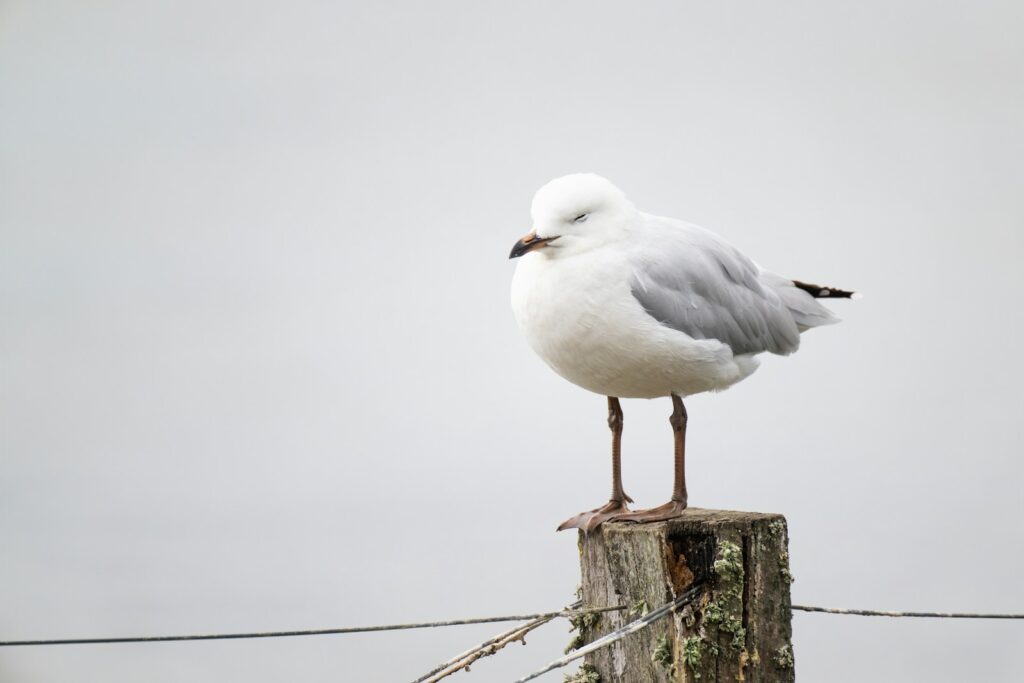
Seabirds face unique challenges that make unihemispheric sleep particularly valuable in their environment. Species like albatrosses spend months at sea, often floating on the water’s surface when they need to rest. In this vulnerable position, keeping one eye open allows them to monitor for approaching predators like sharks or killer whales. Additionally, one-eyed sleep helps seabirds maintain their orientation relative to wind and waves, preventing them from drifting into dangerous areas. For albatrosses and petrels that may spend years without returning to land, this adaptation is crucial for surviving the constant challenges of open ocean life. Their ability to achieve partial sleep while maintaining environmental awareness represents a critical survival adaptation.
Predatory Birds and Vigilance

Even predatory birds like hawks and eagles employ unihemispheric sleep, though for somewhat different reasons than their prey counterparts. While these apex predators face fewer threats from other animals, they still need to maintain awareness of their territory and potential competition. Raptors often sleep with one eye facing open areas, remaining vigilant, while the eye facing secure directions (like against a tree trunk) may close completely. This allows them to monitor their hunting territories even during rest periods. Additionally, some predatory birds use unihemispheric sleep to keep track of potential prey movements, enabling them to rest while remaining aware of hunting opportunities that might arise.
Brain Structure Differences
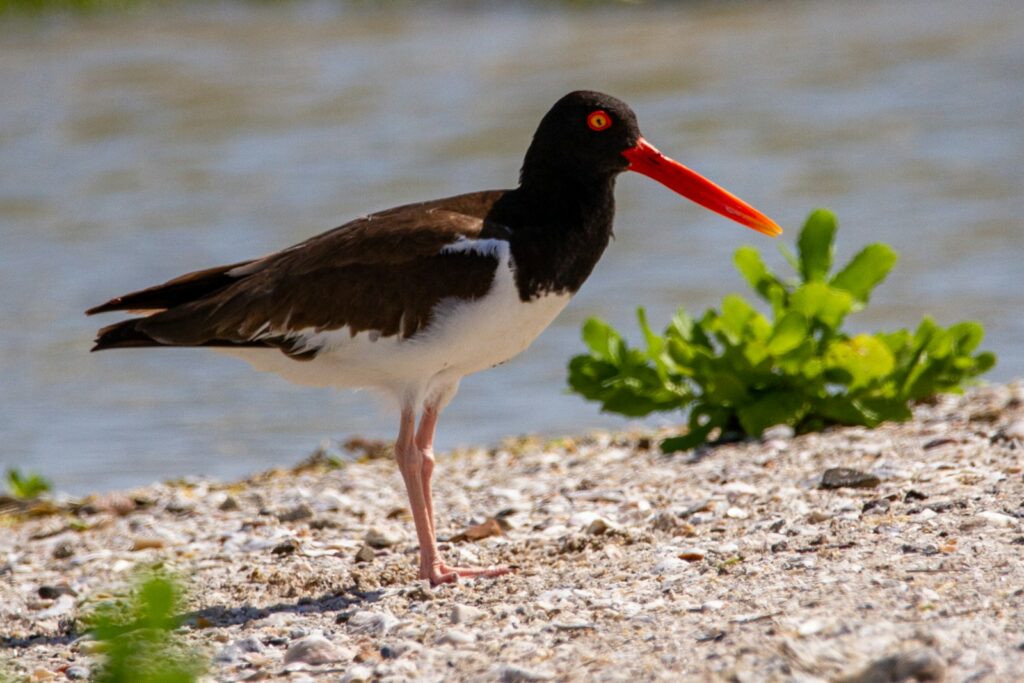
Birds possess unique neurological adaptations that make unihemispheric sleep possible. Their brains feature less connectivity between hemispheres compared to mammals, allowing for more independent operation of each side. The avian suprachiasmatic nucleus, which regulates sleep cycles, has evolved to control each hemisphere separately rather than synchronizing the entire brain. Additionally, birds have specialized neural pathways that allow visual information from each eye to be processed primarily by the opposite hemisphere, creating a more direct line of alert for the wakeful half of the brain. These structural differences represent specific evolutionary adaptations that enable birds to achieve this remarkable state of partial consciousness during rest periods.
Sleep Patterns in Domestic vs. Wild Birds
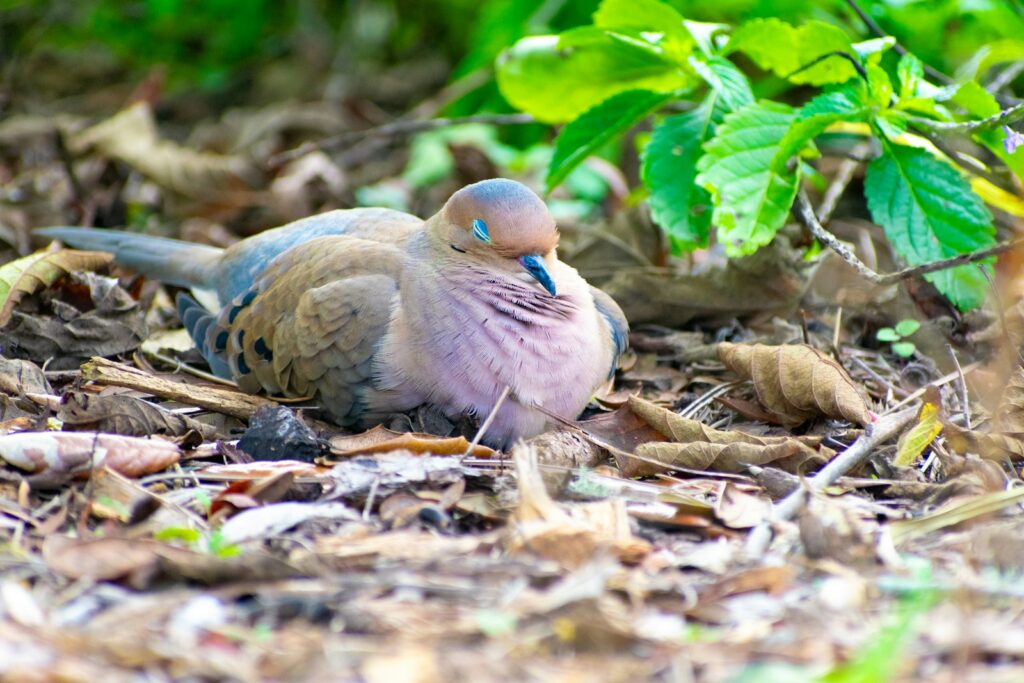
Interestingly, studies have shown that domesticated birds exhibit less unihemispheric sleep compared to their wild counterparts, highlighting the environmental influence on this behavior. Pet birds living in secure environments with regular routines and protection from predators often develop more conventional sleep patterns with both hemispheres resting simultaneously. However, even after generations of domestication, the neurological capability for one-eyed sleep remains present and can be activated in response to unfamiliar or threatening situations. This difference between wild and domestic birds offers compelling evidence that unihemispheric sleep is indeed an adaptive response to environmental dangers rather than simply a fixed biological trait.
Sleep Debt and Recovery
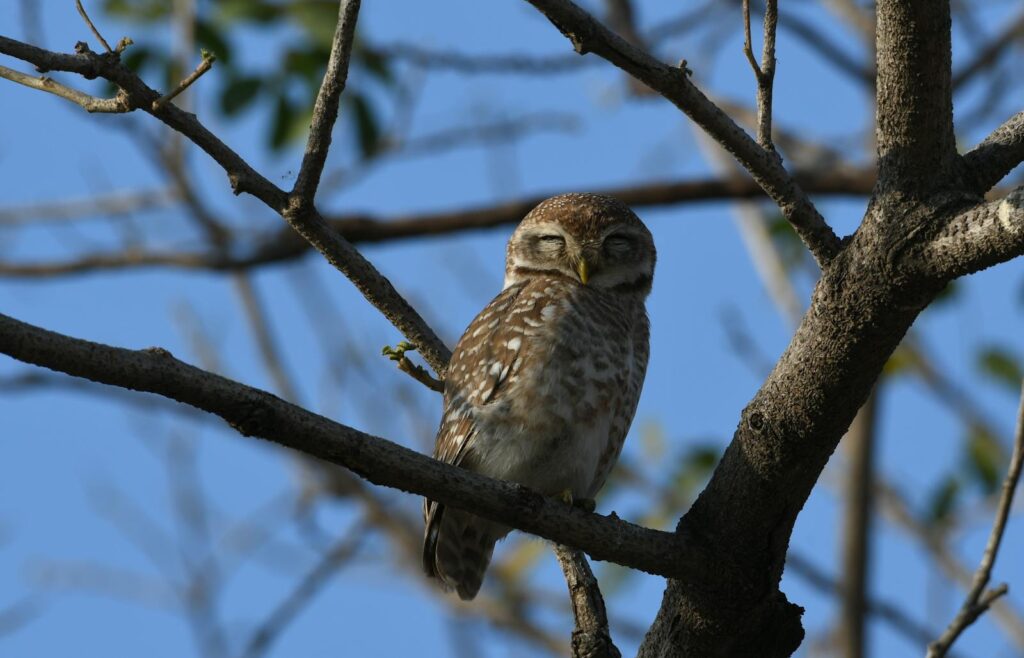
Despite the advantages of unihemispheric sleep, birds cannot indefinitely operate with only partial brain rest. Research indicates that birds accumulate sleep debt in each hemisphere independently and must eventually allow each side to experience deeper, more complete sleep cycles. Many species address this need by finding extremely secure locations where they can periodically engage in bihemispheric sleep, with both eyes closed and both hemispheres in slow-wave patterns. In some migratory birds, researchers have observed “recovery sleep” periods when they reach safe destinations, sleeping more deeply and for longer durations to compensate for sleep debt accumulated during migration. This balance between vigilance and recovery highlights the complex sleep requirements of avian neurophysiology.
Environmental Triggers for One-Eyed Sleep
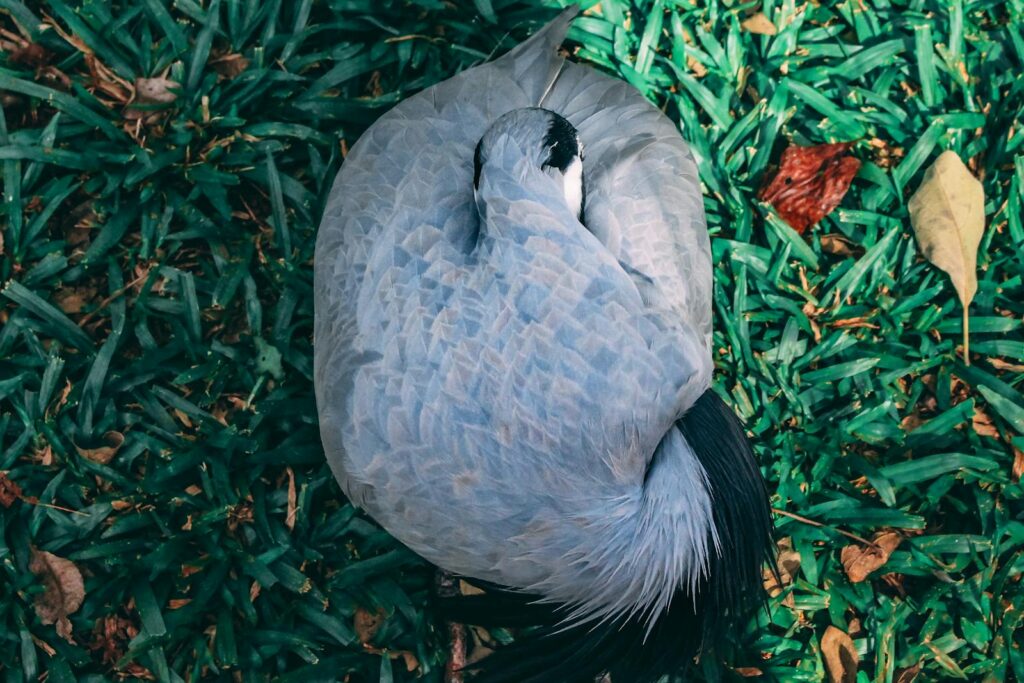
Birds don’t randomly decide which sleep pattern to use – specific environmental conditions trigger unihemispheric versus bihemispheric sleep. The presence of unfamiliar sounds, recent predator sightings, new environments, or sleeping in exposed positions all increase the likelihood of one-eyed sleep behaviors. Research conducted in controlled environments shows that introducing recorded predator calls significantly increases the percentage of time birds spend in unihemispheric sleep states. Conversely, birds in familiar, secure environments with members of their flock nearby show increased instances of bihemispheric sleep. This conditional application demonstrates how birds can adaptively modify their sleep patterns to match current threat levels.
Changing Eyes: The Rotation System
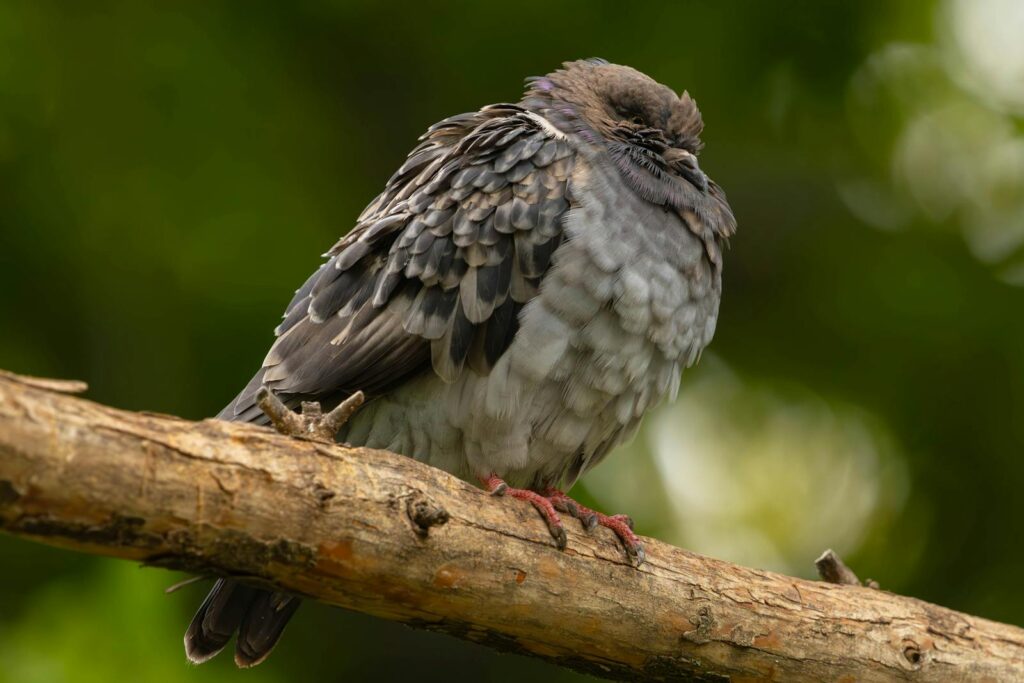
Birds utilizing unihemispheric sleep don’t simply keep the same eye open indefinitely. Instead, they employ a sophisticated rotation system, alternating which hemisphere sleeps and which remains alert. This rotation allows each half of the brain to receive restorative sleep while maintaining constant vigilance. Studies tracking this behavior have found that most birds switch hemispheres approximately every 30 minutes during extended rest periods. This alternating pattern ensures balanced neurological recovery while preventing exhaustion of the vigilant hemisphere. The precision with which birds manage this rotation suggests a highly developed internal timing mechanism that regulates these hemisphere switches.
Applications to Human Sleep Science
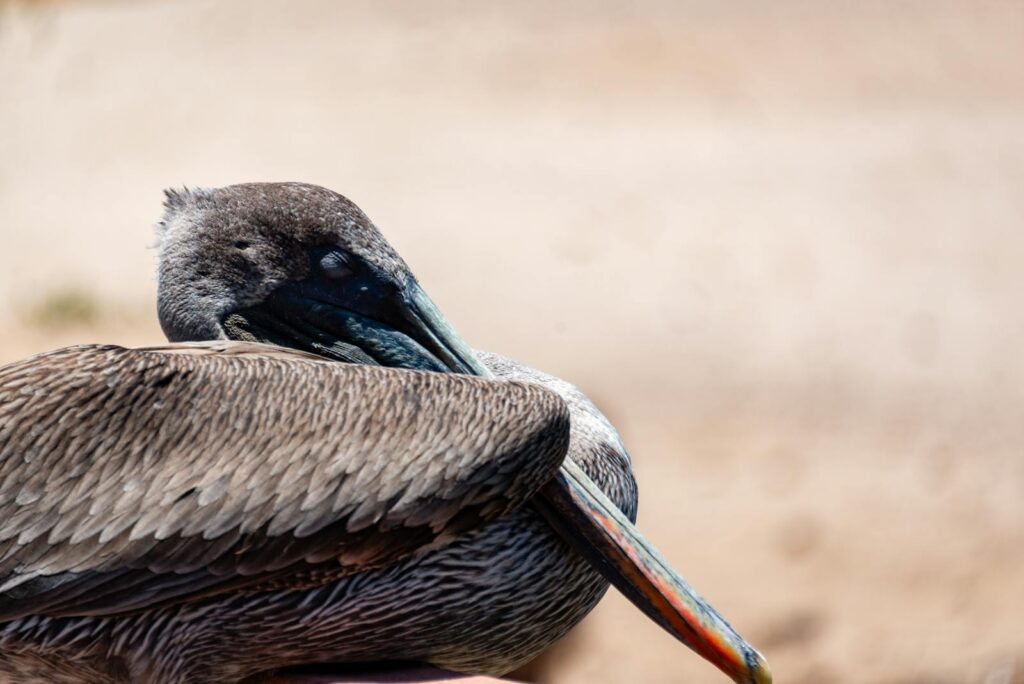
The study of unihemispheric sleep in birds has opened fascinating possibilities for human sleep science and potential applications. While humans cannot naturally achieve true unihemispheric sleep, understanding the neurological mechanisms behind this ability in birds may lead to innovations in managing sleep for people in high-vigilance situations. Researchers are exploring whether partial aspects of this ability could be developed in humans, particularly for professions requiring long periods of alertness, such as military personnel or medical staff. Additionally, studying avian unihemispheric sleep offers insights into treating certain sleep disorders by better understanding how the brain regulates sleep states. Though human and avian brains differ significantly, the fundamental mechanisms of sleep regulation share enough similarities that these studies provide valuable comparative data.
Conclusion: The Remarkable Adaptability of Avian Sleep
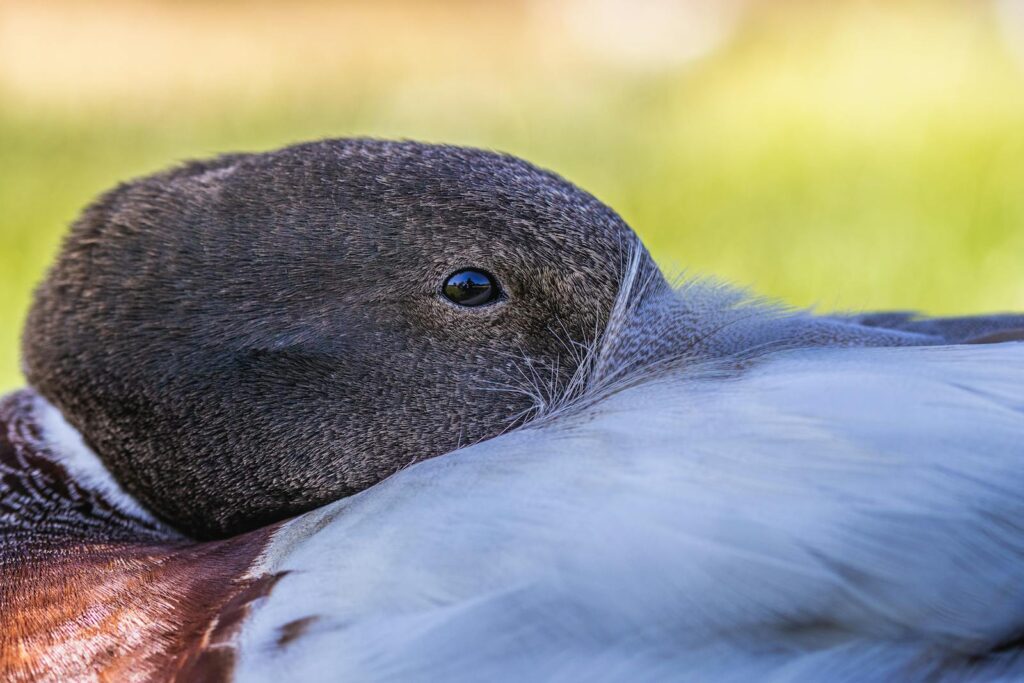
The ability of birds to sleep with one eye open represents one of nature’s most elegant solutions to the competing demands of rest and vigilance. This adaptation showcases the remarkable plasticity of the avian brain and its capacity to evolve specialized functions in response to environmental pressures. From ducks in a pond to albatrosses soaring over open oceans, unihemispheric sleep has enabled birds to thrive in environments where continuous alertness could mean the difference between life and death. As we continue to study this fascinating phenomenon, we gain not only a deeper appreciation for the complexity of bird behavior but also potential insights that could transform our understanding of sleep across all species. The birds sleeping with one eye open remind us that nature often develops solutions far more sophisticated than we might imagine.
